
Create event-based serverless functions with Python
Develop a Python-based serverless function that sends an email in response to a CloudEvent, and learn how to run your serverless function in a container.

Develop a Python-based serverless function that sends an email in response to a CloudEvent, and learn how to run your serverless function in a container.

Use Golang, Minikube, and the Kubernetes Operator SDK 1.11+ to create and deploy a Kubernetes Operator on your local system in this tutorial.

Deploy functions in a snap with Red Hat OpenShift Serverless Functions and Knative. A guide to writing Python-based HTTP functions on Red Hat OpenShift.
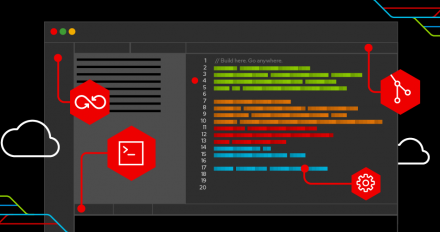
Don't miss a thing! Here's a roundup of new articles, tutorials, cheat sheets, and more published last month on Red Hat Developer.
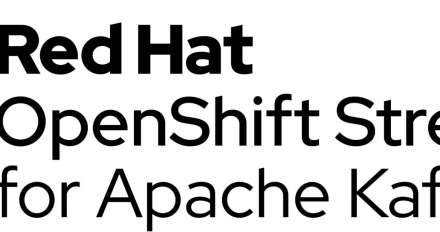
You need to be able to replicate data to your microservices, and you need to keep them loosely coupled. Here's how you can do both on Red Hat OpenShift.

Red Hat CodeReady Containers 1.31.2 features an upgrade to Red Hat OpenShift 4.8, but that's not all. Find out what's new for OpenShift on your laptop.
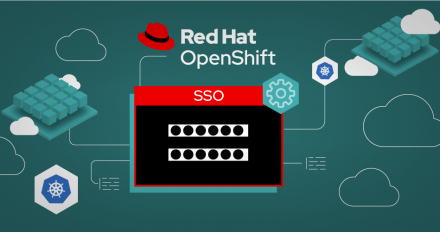
Learn how to connect to external PostgreSQL databases via SSL/TLS for Red Hat's single sign-on technology (SSO). This technique ensures secure connectivity.

Find out why reactive systems are especially easy to implement with Node.js, then walk through a reactive system built with Node.js and Apache Kafka.
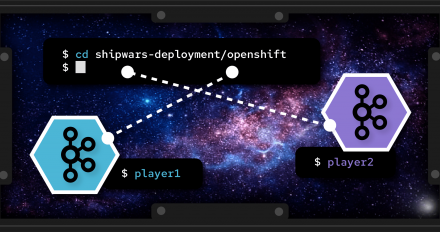
Deploy Kafka Streams and Quarkus to replay games and improve gaming products with captured telemetry data.
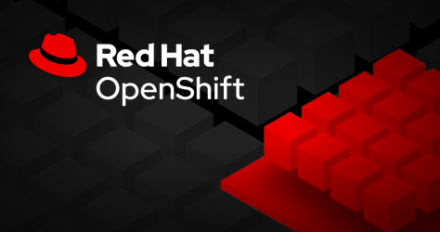
Discover how to optimize networking hardware and accelerate traffic with virtual functions by setting up SR-IOV and DPDK on Red Hat OpenShift.

Get started with running Python 3.9 in containers. This quick tutorial guides you through building a Python web service on Red Hat Enterprise Linux 8.

Explore Node.js best practices for building good containers with faster development cycles and better deployments.

Learn why interactive game data analysis is important and how to set up the environment to analyze data using Kafka Streams API.

Learn the basics of Java garbage collection. This article covers memory management, stages of garbage collection, and how to monitor garbage collection.

Do you want a way to add tooling to containerized deployments without building a new container image? Try composable software catalogs on Kubernetes.

The Red Hat OpenShift Web Terminal Operator provides an environment with cluster tooling. Read about improvements and updates in Web Terminal Operator 1.3.

Ensure optimal operation by testing container images. Learn how Red Hat OpenShift 4 works with Ansible and the CI/CD process to submit and download tests.
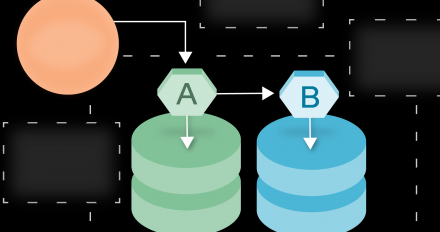
Learn how to install Dapr and discover how to use the open source project to build and deploy microservices on Kubernetes and Red Hat OpenShift.
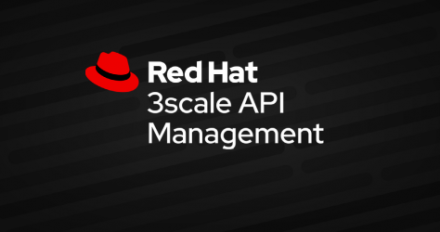
Follow these steps to use Red Hat 3scale API Management to simplify load balancing for API gateways in under 10 minutes, from prerequisites to testing.

Improve your data security by integrating your existing systems and using

Level-up your gaming telemetry using Kafka Streams | DevNation Tech Talk

See the performance testing results and how they were used to tune Service Binding Operator for use in the Developer Sandbox for Red Hat OpenShift.
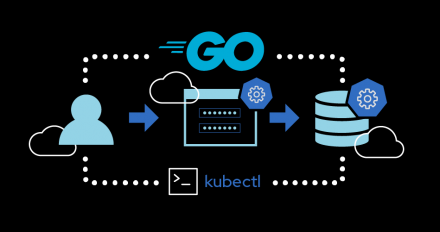
Step-by-step instructions to automate stateful configurations and to keep a WordPress site current by creating a Kubernetes Operator in Golang.


Learn about the tools Red Hat has available to implement GitOps workflows. Use the examples to set up control planes to gain full control of your project.